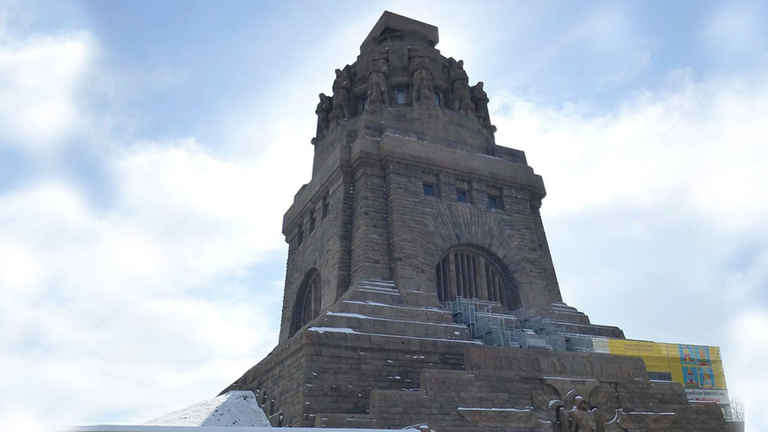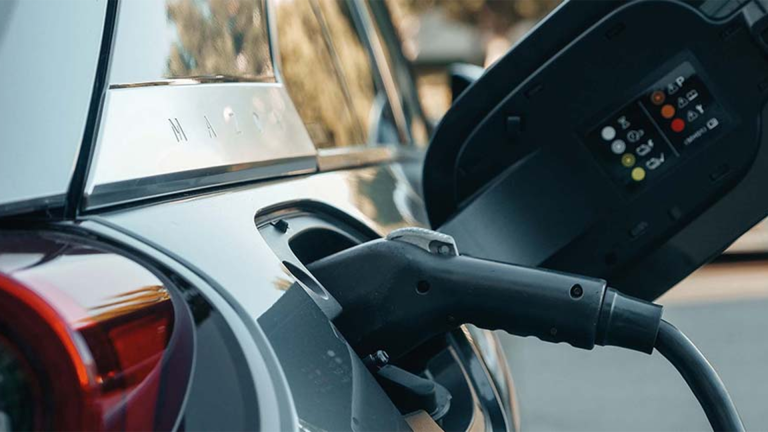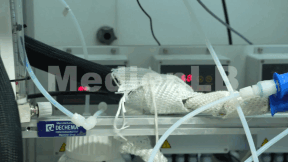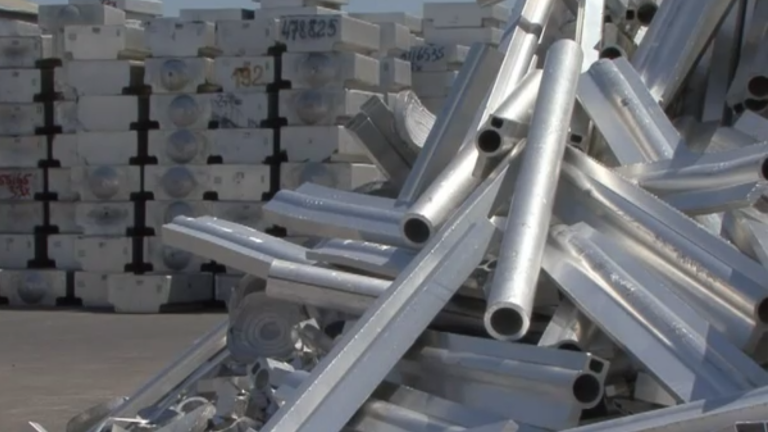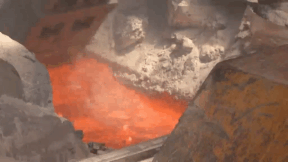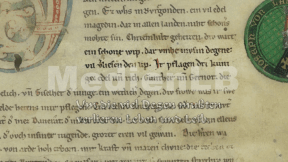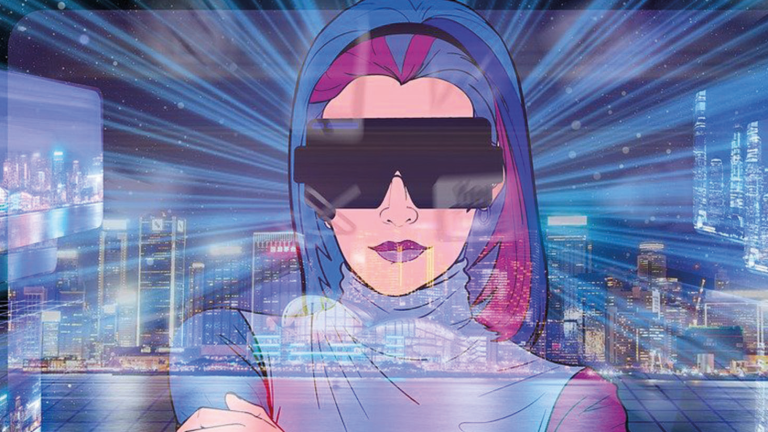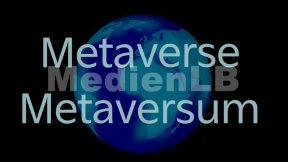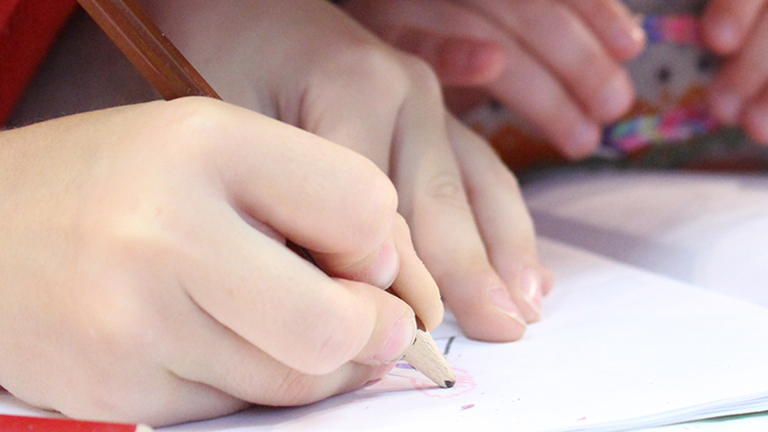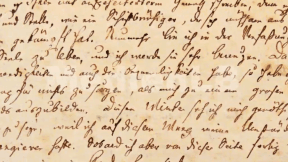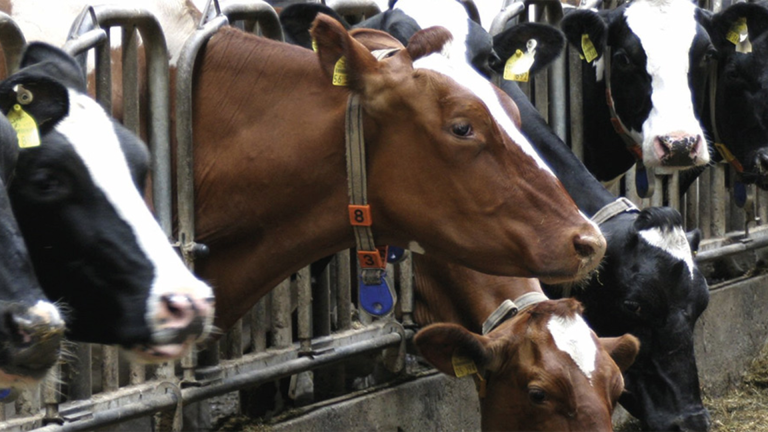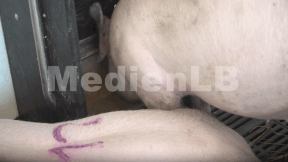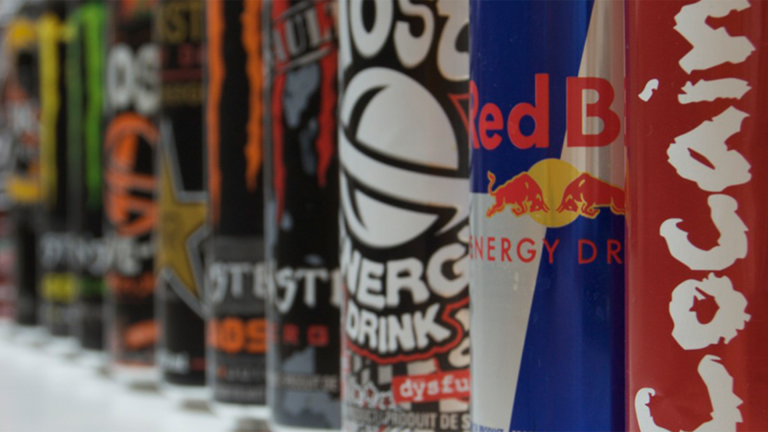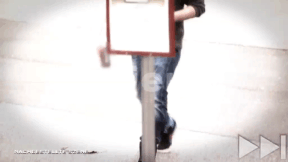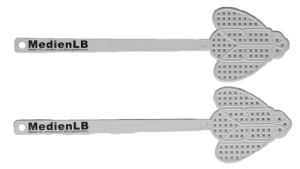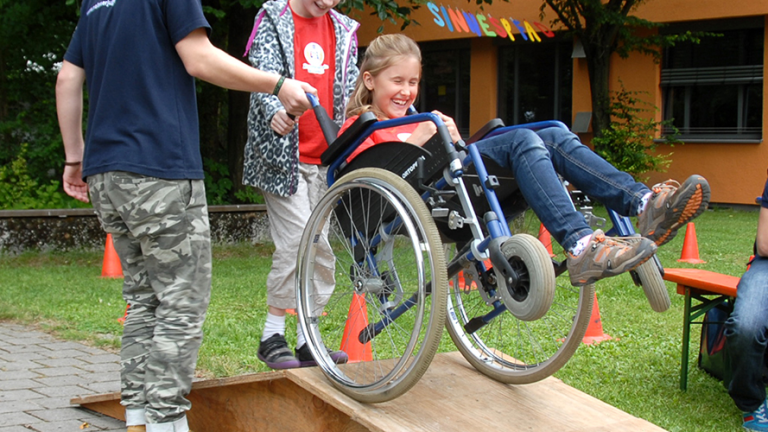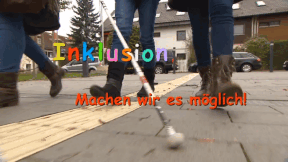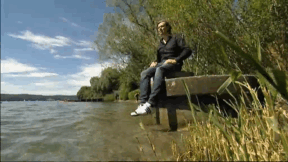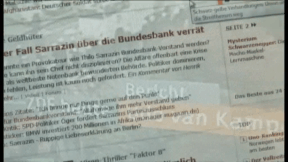Suche:
- # Artistry
- # Biology
- # Chemistry
- # Ecological
- # Economy
- # English
- # Foreign Language
- # Geography
- # German
- # Health
- # History
- # Informatik
- # Latin
- # Mathematics
- # Media Education
- # Music
- # Physics
- # Politics / Civics
- # Preschool
- # Primary School
- # Religion
- # Society
- # Sports
- # Technology
- # Training of Teachers
- # Vocational Education
Battle of the Nations
From 16th to 19th October 1813 the allies Austria, Prussia, Russia and Sweden inflicted the decisive defeat on the French army, thus breaking the supremacy of Napoleon over Europe. In the first mass combat in modern times more than half a million soldiers from all parts of Europe fought for the political future and the territorial division of the continent. The Battle of the Nations went down in history as the biggest and bloodiest battle until the First World War. The film tells the story of this crushing blow to Napoleon. With exciting footage, filmed during the historical re-enactment of the Battle on the occasion of its 200th anniversary, and numerous interviews history is brought to life again. Together with the extensive teaching material in the data section the DVD is perfectly suited for use in the classroom.
Learn moreSecond World War I
When, on 1st September 1939, the German Wehrmacht unleashed the Second World War with the attack on Poland, nobody could have visualised what immense suffering and gigantic destruction would descend on mankind during the following six years. More than 57 million people, including almost 27 million Russians, paid for the German quest for world domination with their lives. Incited by populist ideas, almost an entire nation enthusiastically went to “all-out war”, thus plunging the world into the second great disaster of the 20th century. But shouldn’t people have known better considering that the First World War had only just been 21 years before?
Learn moreChemie im Haushalt
Backen, Abwaschen, reinigen, – ganz normale Tätigkeiten im Haushalt. Dazu nutzen wir meist vielfältige Helfer wie Back- und Reinigungsmittel. Die Allgegenwärtigkeit von Chemie und der damit verbundenen chemischen Reaktionen sind uns oft nicht bewusst.
Learn moreAluminium II
The metal aluminium is growing in importance because of its specific properties and manifold application possibilities. This DVD deals with the industrial production of aluminium as a raw material, its processing and the manufacturing of alloys for the finished product. Starting with the raw material aluminium oxide the functioning of an electrolytic cell is demonstrated and explained. Alumina, white and powdery, is melted with great expenditure of energy, and by means of electrolysis converted into aluminium with a degree of purity of 99.9%. As aluminium oxide would not melt before a temperature of over 2,000°C is reached, the mineral cryolite is used as a solvent. The various alloys change the properties of aluminium and are produced according to precise formulations. The alloy is cast into blocks and bars that serve as primary material for processing plants. The responsible handling of resources underscores the importance of recycling. Aluminium is resilient and versatile.
Learn moreLied der Nibelungen
Die Nibelungensaga ist eines der wirkungsmächtigsten Werke der deutschen Literatur. Das Epos um den Schatz der Nibelungen, Macht, Liebe, Tod und Rache entstand im 12. Jahrhundert. Der unbekannte Verfasser erzählt in mittelhochdeutscher Sprache und in 39 Aventiuren die Geschichte von Siegfried, Kriemhild, Gunther, Brünhild und Hagen und dem Untergang der Burgunden. Auch gibt der Film eindrücklich Hinweis auf die Entstehung der Texte und wie diese in der damaligen Zeit niedergeschrieben wurden. Er verweist auf die Existenz der unterschiedlichen Abschriften der Saga und wo sie heute zu finden sind. Auch nimmt er die Schüler:innen mit auf die Reise entlang der Schauplätze an der Donau.
Learn moreAuf dem Weg zum Metaverse
Mitten in einer Schulstunde den Mount Everest besteigen, oder eine Raumfahrt unternehmen? Das Metaverse, das Web 3.0, macht es möglich.
Learn moreLearning How to Write Properly
Learning to write is at the beginning of the pupils' school career.
Learn moreMassentierhaltung
Ein Kilogramm Hühnerschenkel für 99 Cent – dieser Preis lässt sich nur erreichen, wenn die Herstellungskosten massiv niedrig gehalten werden. Der Film geht der Frage nach, unter welchen Bedingungen Tiere für die industrielle Verwertung gehalten werden. Welche Möglichkeiten die Verbraucherinnen und Verbraucher haben, auf diese Bedingungen Einfluss zu nehmen, ist der Inhalt eines eigenen Kapitels.
Learn moreEnergydrinks
Der Film startet mit einer überraschenden Erkenntnis: Schon ca. 17 Prozent aller Grundschüler trinken regelmäßig Energydrinks – obwohl diese nicht in Kinderhände gehören. Denn: Wer zu viel und zu oft die Muntermacher trinkt, riskiert gerade als Jugendlicher massive Gesundheitsschäden – und immer mehr Jugendliche in Deutschland sind schon betroffen.
Learn moreInclusion
Madita is eleven and blind. She does not want to go to a special school but to a regular grammar school. She says she feels "normal" there. Jonathan is eight and has a walking disability. He likes going to the school where he lives. Here, his best friend sits next to him. Max Dimpflmeier, a teacher who is severely deaf, explains that school life is not easy. Quote Max Dimpflmeier: "You don't want to attract attention, you want to avoid saying that it is necessary for you that 70 people adjust to your situation." People on their way to inclusion.
Learn moreTod durch Deo-Schnüffeln
5.600 Tage war Burkhard Nachtigall glücklich. Dann veränderte sich alles. Fabian – sein einziges Kind – starb. Er erstickte kurz nach seinem 15. Geburtstag, weil er Deodorant inhalierte.
Learn moreThe Daily Newspaper
Every day, there is a surge of news reaching us via different news channels. In spite of TV and Internet, the daily paper still is one of the most important main sources of news. But how is a newspaper created? The film shows the production of a paper in the course of one day. Starting with the editorial meeting in the morning, in which the topics and deadlines are determined, the film accompanies a journalist during her research work. You can see how a journalistic interview is conducted and what the photographer must consider when taking a press photo. Back in the editorial office, the editor’s work is illustrated, which includes the page layout and the writing of an online article in today’s time. Impressive pictures from the printing centre depict the process from the digital page to the finished newspaper. Together with the comprehensive accompanying material, the DVD is perfectly suited for use at school
Learn more



